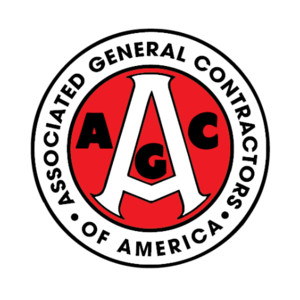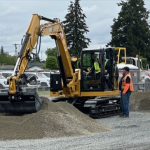How to keep older workers safe on the job
 A lot of ink is spilled on the issue of attracting new, young workers to construction.
A lot of ink is spilled on the issue of attracting new, young workers to construction.
But many of our workers are on the other end of the age spectrum. According to the CDC, by next year about one-fourth of all U.S. workers will be older than 55 years. Though 55 isn’t exactly “old” these days, the prospect of a mature workforce raises questions about worker safety that employers will have to address — especially when about 85 percent of today’s Baby Boomers say they plan to work into their 70s and 80s.
First off, it bears saying that mature workers bring a wealth of valuable experience to the jobsite. The CDC says they actually get hurt less frequently than younger counterparts due to some combination of experience and on-the-job caution. However, the flip side of this is that when older workers do get injured, they usually take longer to heal and get back to work. Unfortunately, mature workers are also more likely to be killed in workplace incidents. Most notable is workplace falls, where the risk grows sharply among older workers. Data from the 2014 Census of Fatal Occupational Injuries shows that nearly 50 percent of workers killed by falls were 55 or older.
So how do we protect the safety of this demographic? NIOSH recommends employers take steps like: Being flexible with older workers when possible to allow for variations in pacing and work conditions; assigning some tasks with physical condition in mind; providing ergonomically appropriate workstations; and taking employee feedback to develop strategies that meet age-specific hazards.
Many of the issues mature workers face can also be addressed by a more robust approach to safety in general. Managing common workplace hazards such as causal factors in slips, trips and falls will raise the standard for everyone on the jobsite while safeguarding the more physically vulnerable. Supervisors can also take steps to tailor their basic trainings to meet the needs of everyone on the project by mixing their methods — think verbal presentations combined with digital delivery. They can avoid stereotypes and use diversity as an advantage by grouping mature, experienced workers with less-seasoned peers.
With nearly 100 years under our belt, AGC of Washington has plenty of experience of its own. That includes the kind of safety training that we’re talking about here, plus any number of vital skills you’ll want all your workers to have, whether they be young, old or anywhere in between. Contact us today to take full advantage of everything your membership includes.








